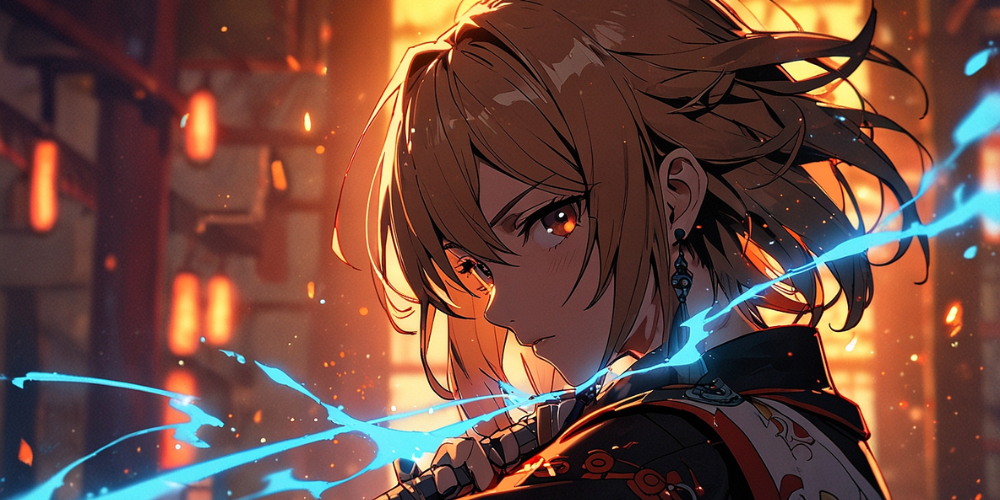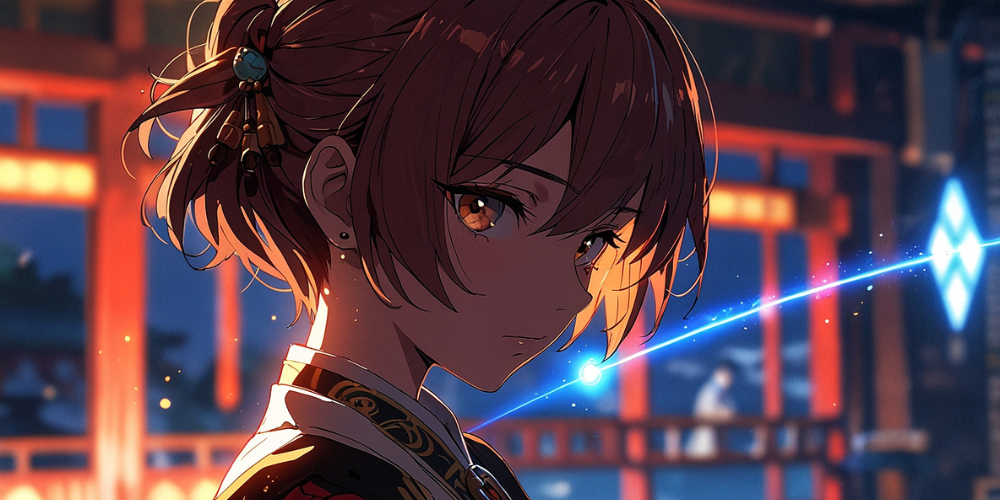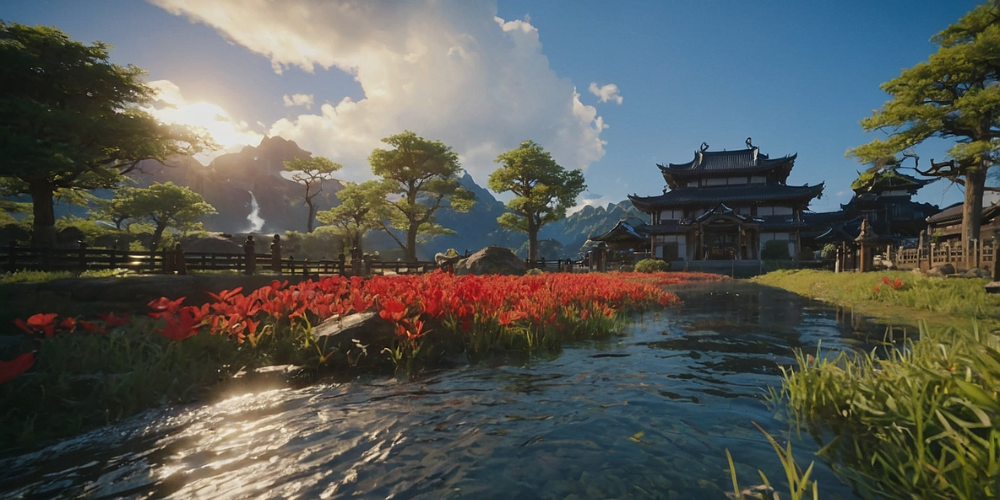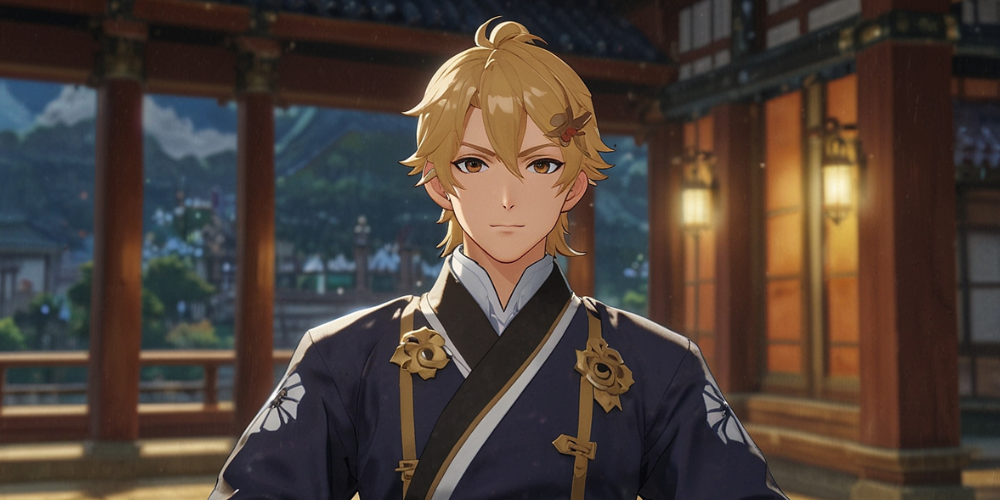The Role of Narrative and Storytelling in Genshin Impact and Its Open-World Design
- Oct 10, 2024
- 1358

As I maneuver through the vast regions of Teyvat in Genshin Impact, I can’t help but feel that the game is more than just an engaging RPG. It’s a tapestry woven from threads of narrative and storytelling, intricately integrated into its open-world design. As I traverse the lush landscapes and climb majestic mountains, I’m captivated not only by the breathtaking views but also by the rich stories that unveil themselves with every step.
The Allure of Lore
The first thing that strikes me about Genshin Impact is its deep lore. Each region is reminiscent of different cultures, filled with myths and historical narratives that feel alive. For instance, Mondstadt is steeped in tales of freedom and adventure, while Liyue immerses me in the rich traditions of commerce and folklore. This layered storytelling creates a sense of immersion, making each location a chapter in a larger narrative.
Dynamic Character Arcs
Each character I encounter has their own unique background and motivations. When I talk to them, I’m pulled into their personal stories, which often reflect broader themes relevant to the game's world. Characters like Amber and Zhongli reveal their pasts, desires, and challenges, which go beyond simple dialogues. Their arcs resonate with me as they evolve through quests filled with choices and interactions, creating a feeling of emotional investment in their fates.
Quests as Storytelling Vehicles
Genshin Impact’s quests are not ordinary; they serve as narrative vehicles that deepen my understanding of the world and its inhabitants. I love how story quests are structured, blending main plots with side missions seamlessly. For instance, the Archon Quests propel me through significant moments in the overarching narrative while side quests often dive into character backstories. I feel like I’m uncovering mysteries as I strive from one quest to another, each one enriching my experience.

The Art of Environmental Storytelling
As I explore different regions, the environment itself tells stories without words. Ruined structures, weathered monuments, and the flora and fauna all hint at past events. I remember walking through the ancient ruins of Liyue and feeling the weight of history pressing down on me. Each area has its own aura, inviting me to piece together the story hidden within. It's a captivating experience where every secret I uncover contributes to my understanding of Teyvat’s timeline.
Interactive World Elements
The open-world design of Genshin Impact encourages exploration, and I often find myself searching for hidden treasures, secret dialogues, and mysterious events. Interacting with the world allows me to experience narratives in real-time, whether it’s by activating a statue or discovering a hidden quest. This interactivity ensures that I’m not just passively observing; I’m an integral part of the stories being told.
The Significance of Culture
Every region’s culture significantly influences its narrative. As I delve into Inazuma, for example, I can feel the weight of its politics and mythology. The storylines involving the Raiden Shogun and the vision hunt add layers of complexity and reflect common themes of autonomy and control. This cultural depth makes the narrative not only compelling but also relatable, mirroring real-world struggles.

Community and Interpersonal Relationships
At the heart of Genshin Impact’s storytelling are the relationships between the characters. I find the interactions between party members enlightening, with personal stories intertwining seamlessly. Whether it’s through heartfelt conversations or light-hearted banter during combat, these moments create genuine emotional connections that resonate deeply with me. They help me understand the characters more profoundly, fostering camaraderie that feels like a true friendship.
Narrative Through Music
As I journey through Teyvat, the musical scores further enhance my narrative experience. The compositions reflect the atmosphere of each region, painting emotions that words cannot convey. Listening to the themes while exploring not only elevates the story but also helps create lasting memories of my adventures. The music acts as a narrative layer that speaks directly to my feelings as I navigate the game.
Seasonal Events and Unique Stories
Genshin Impact offers seasonal events that introduce fresh narratives, each bringing unique storylines tied to in-game festivities. Participating in events like the Lantern Rite Festival allowed me to experience seasonal stories that felt authentic to the cultures presented in the game. These moments are not just for fun; they enrich the overall narrative landscape, providing depth and variety to the storytelling.

The Role of Player Choice
The choices I make throughout Genshin Impact impact the narrative experience, allowing me to influence the outcome of certain interactions. I’ve relished moments where my decisions affect character development or the progression of specific quests. This sense of agency makes me feel like I have a stake in this world and its stories, pulling me deeper into the gameplay.
Connecting Themes Across Regions
As I travel across the different lands of Teyvat, the recurring themes of hope, freedom, and struggle emerge. The narratives of each region weave together like threads in a blanket, revealing the interconnectedness of experiences and histories. It’s fascinating to see how the events in Mondstadt resonate with those in Liyue and beyond, creating a larger narrative that permeates the entire game.
Dialogue as a Storytelling Tool
Genshin Impact excels at using dialogue to convey character depth and cultural context. The conversations I have with NPCs reveal their hopes, fears, and the impact of larger events on everyday life. I find myself engrossed in these interactions, as they provide insight into the world’s social fabric, making the experience feel relatable and grounded.
Symbolism and Hidden Meanings
I often notice that elements within Genshin Impact are imbued with symbolism. From character designs reflecting their backgrounds to the use of elements like Anemo and Geo representing deeper concepts, every facet contributes to the storytelling. I enjoy unraveling these meanings, as they add layers to my understanding of both characters and the world itself.

The Future of Narrative in Genshin Impact
As I eagerly anticipate new updates and regions, I can’t help but wonder how the narrative will continue to evolve. HoYoVerse has shown mastery in storytelling, and I'm excited to see how they expand on existing arcs and introduce new characters with their own narratives. The potential for future stories feels limitless, and I look forward to the surprises that await.
Community Engagement and Fan Theories
The narrative richness of Genshin Impact has fostered a vibrant community. I often engage with others, sharing theories and speculating about future plot developments. The discussions surrounding character backstories and lore only intensify my investment in the game, as we collectively try to unravel the mysteries of Teyvat. This communal aspect of storytelling enhances my experience, making me feel likes an active participant in a shared narrative journey.
The Power of Narrative-Driven Exploration
Ultimately, the role of narrative and storytelling in Genshin Impact transcends mere entertainment. The intricate web of stories enhances the open-world design, encouraging me to explore not just for rewards but for the deeper connections I can forge with the world and its inhabitants. Through every quest, dialogue, and exploration, I am drawn into a narrative experience that feels vast and personal, embodying the essence of what makes Genshin Impact a truly immersive journey.